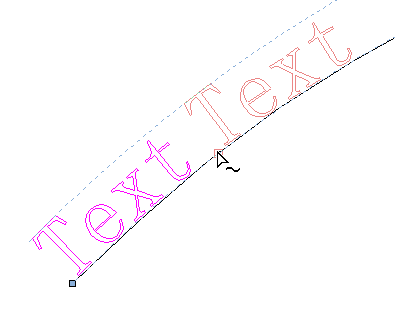

It always creates a vector path whenever you use it.It makes it easy to create complex shapes that are useful in designing but not in the shape tool.Why should you use this tool? The reasons include: You can apply strokes by using the design strokes.You can apply rounded corners to vector networks.You can manipulate existing points and create additional points.You can merge two shapes by positioning one inside the other.There are several things you can do with the Figma’s pen tool, and they include: In addition, most pen tools usually have defined directions and tend to reconnect original points to draw paths in a loop. Instead of drawing with a freehand pen tool enables you to connect vector points. Pen tools create vector lines and complex shapes. Rather than joining different paths, a vector network allows you to create web-like paths which you can draw from existing vector points and join together. It allows you to create lines and curves that connect two or more points, unlike vector paths which form a single unbreakable chain. A vector network is an advancement on vector paths, and Figma uses it to handle vector shapes. You will need to understand a vector network to know a pen tool. To achieve this, you need to know about vector networks and the fantastic possibility of designing logos, icons, buttons, or illustrations with a pen tool and creating vector points from existing ones.Īll developers eventually will need some graphic element, and by using the pen tool, they may create it by themselves and provide a better look to their web pages let’s see how this is done! What is a pen tool, and what is it for? With these tools, you do not need to switch between Figma and other applications but use Figma all through. Now you can scale the vector to any size and easily change your vector color with the Color Picker, make a new background layer to fill with any color or simply turn off the Background layer to have it over a transparent background.Figma has illustration tools that allow you to design buttons, icons, logos, or illustrations. In the Color Picker window pick any color that you want and click OK. Name this layer as “Vector” and click OK. Go to Layer > New Fill Layer > Solid Color. In the Layers Panel click on the “Create a New Layer” icon. In the Make Work Path window, set the Tolerance to 1 or 1,5 pixels and click OK. From the dropdown menu select “Make Work Path”. With the selection active, select the Rectangular Marquee Tool (M) and right click over the selection. When you are happy with the selection click OK. In this case I will set the Fuzziness to 100% and the Range to 150. Select “Shadows” from the dropdown menu and adjust the Fuzziness and Range to your liking. With the merged layer selected go to Filter > Blur > Gaussian Blur. Step 10Īt this point you can remove all the unnecessary details using the Brush Tool (B) with black and white colors. Once you are happy with the Threshold result, go to Layer > Merge Visible.


In this case a value of 138 will work just fine. Step 8Īdjust the Threshold level according to the image you are using. Name this layer as “Threshold” and click OK. Go to Layer > New Adjustment Layer > Threshold. In the Layers Panel set the blending mode of the “High Pass” layer to Vivid Light. With the “High Pass” layer selected go to Filter > Other > High Pass. Name this layer as “High Pass” and click OK. In the Diffuse window select the Anisotropic Mode and click OK. Step 3Īgain, go to Filter > Stilyze > Diffuse. It does not need to be a Black and White or a Grayscale one, any Color image will work as well.
#Vectr converting type into curves download
But before we begin, and if you want to follow this tutorial exactly as described, please download the following image from Pixabay.


 0 kommentar(er)
0 kommentar(er)
